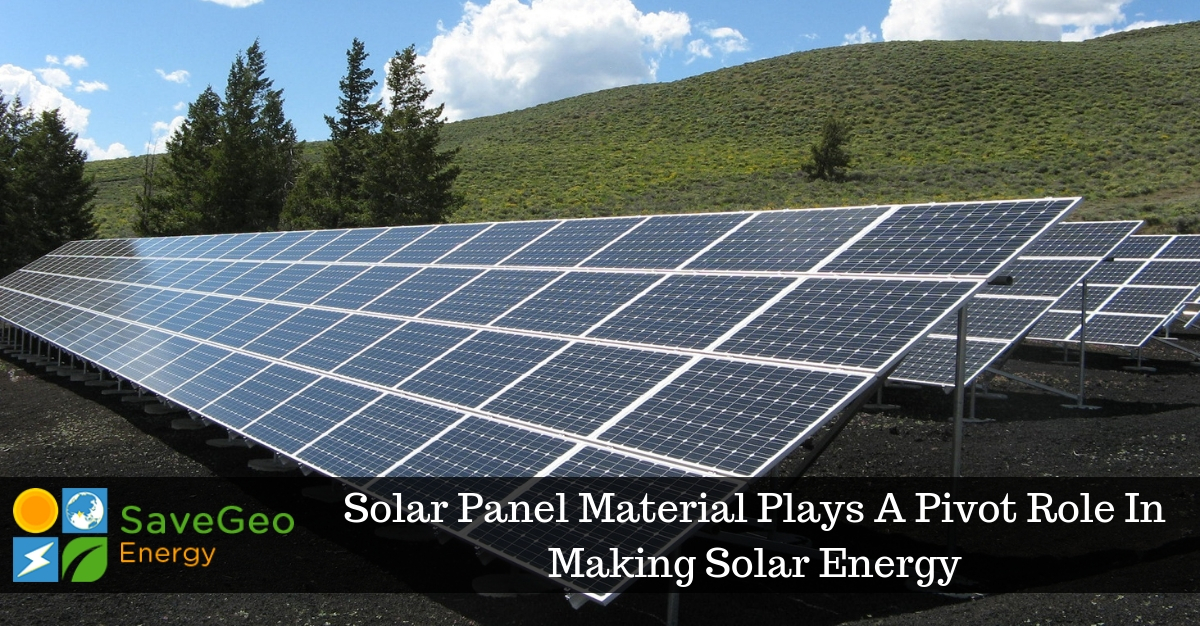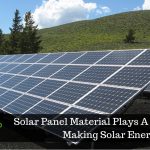New Synthetic Solar Panel Material Plays A Pivot Role In Making Solar Energy
To harmonize the electrical output of nonrenewable energy source solar power plants must first improve their efficiency, to become a viable replacement for fossil fuels. Nowadays, clean energy has become a hub, and it relies heavily upon the innovation and development of new products that absorb and exchange heat at higher temperatures. Now, as a source of solar power new synthetic material will play a shaft role in making solar energy more cost-effective, economical, and dependable.
The ones found in solar power plants are large and numerous, unlike the solar panels on hybrid cars or residential rooftops, as they absorb much thermal energy from the sun where they possibly can and channel that heat into a fluid-filled converter called the heat exchanger. Moreover, supercritical carbon dioxide (sCO2), which is a liquid version of carbon dioxide (CO2) is said to be the medium in the energy conversion. Therefore, hotter the fluid results in more electricity production. According to the recent study, the solar panel has professed on a new technology that uses sCO2 as the medium fluid lowering electricity and manufacturing costs and promising surpassing performance for future power plants.
According to Dorrin Jarrahbashi, an assistant professor in the mechanical engineering department at Texas A&M University, the current metal materials used to construct heat exchangers in supercritical CO2 energy cycles are only stable up to 550 degrees Celsius.
To contend this, researchers created a new composite material from a combination of ceramic and tungsten, a refractory metal, that can withstand temperatures over 750 degrees Celsius. This leap in heat absorption could increase the efficacy of generating electricity in integrated solar and supercritical CO2 power plants by 20%.
The composite’s durability and low production cost will help cut down the expense of constructing and maintaining power plants, along with enhancing energy output. According to the research analyst, using this material for manufacturing heat exchangers is an essential step towards direct competition with fossil fuel power plants and a significant reduction in greenhouse gas emissions.
With its unique chemical, mechanical, and thermal characteristics, the applications for the composite are copious. From safely upgrading nuclear power plants to constructing rocket nozzles, the implications of this innovation stretch far into the future of research and industry.
In such a scenario, going solar is like funding in a reliable product to operate our homes and workplaces brilliantly. Solar panels for homeowners and businesses are a cost-effective and environmentally friendly way to generate energy and power.
In simple terms, it means transforming sunshine into electricity to make the planet more environment-friendly. Fossil fuels are depleting fast. Moreover, they are hazardous for our ecosystem. Overdependence upon them can make us liable to forfeit our today, as well as tomorrow. By harnessing the power of the Sun, which is not limited to large scale industries, but also the small and medium-sized companies and homeowners, both in rural and urban space, we can significantly reduce our carbon emissions. SaveGeo – growing integrated Solar EPC Solutions Provider based in India, provides high quality solar photovoltaic solutions to global clients. Our solar services include everything to power your infrastructure with clean solar energy. From residential communities to business hubs to manufacturing units, SaveGeo delivers turnkey solar projects for sustainable energy sourcing.



